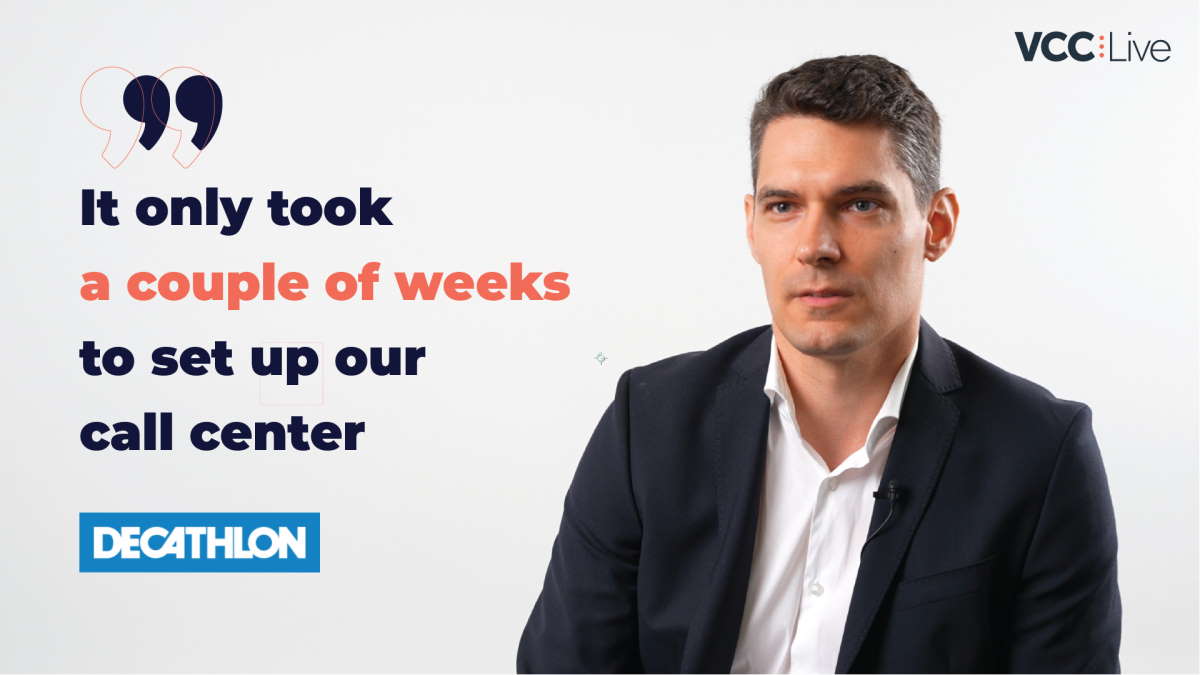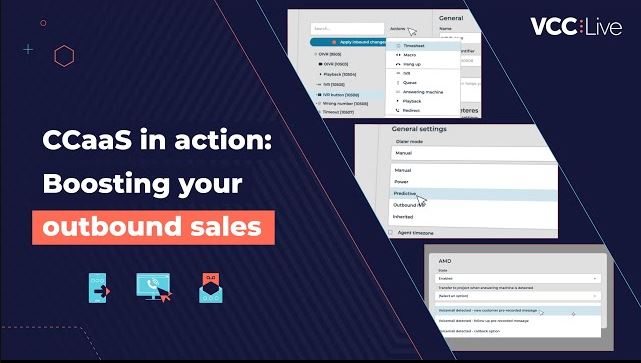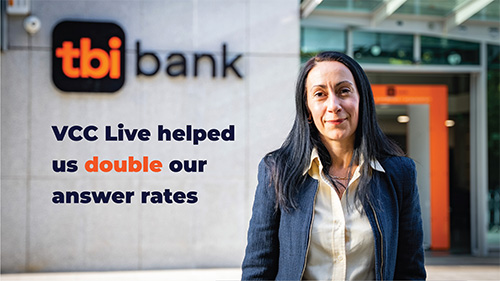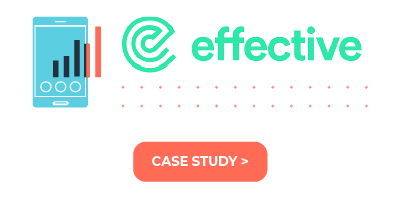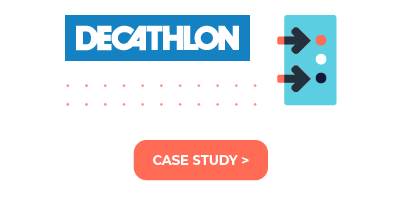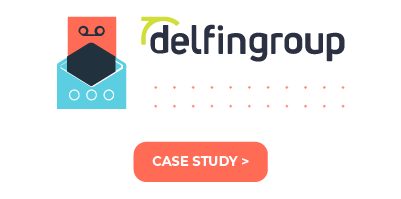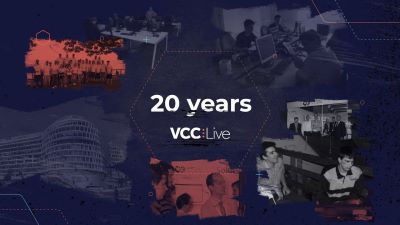These days customers are one of a business’ most valuable assets. And as we all know, in our ever-competitive world, it’s easier to retain customers than get new ones.
As such, it’s no wonder there’s fierce competition among companies to provide customers with an as-convenient-as-possible customer experience. One particularly popular method you can use to provide customers with a superior experience is by offering personalized customer service. Another less-known but equally important way is by leveraging customer segmentation, a method that allows companies to take personalized customer service to a whole new level.
So, let’s take a quick look at what customer segmentation is, and why your call center needs to be leveraging it!
What is customer segmentation?
In short, customer segmentation is the method of treating customers in different ways based on predefined segments. For example, if a customer has recently experienced a number of issues with a business, then chances are that the company will place them in a segment for special treatment, in order to keep them as their customer.
Customer segmentation, however, is more than just offering special treatment to certain customers. It can be based on a number of factors, including demographics, customer loyalty and satisfaction, behaviors, needs and so on. Customer segmentation can also help companies decide which channel they should use to reach out to customers, in order to increase both customer satisfaction and the company’s benefit from the interaction.
So what are the most important benefits of customer segmentation? Let’s dive in!
Meeting customer expectations and needs
One thing every business strives to achieve is to meet their customers’ expectations. And customer segmentation is a great method to help you do that.
Customer segments allow businesses to divide customers into segments based on their needs and interests, and reach out to them with personalized offers. You can also create segments based on new customers and old customers, or, using purchasing history data, satisfied customers and not-so-satisfied customers.
Analyzing customer data and purchasing history is vital when creating customer segments. In fact, if you can understand your customers’ expectations and needs by analyzing their data, then you can offer personalized offers that are a better fit than what your competitors offer.
Increased profits
With customer segmentation, you can also create segments based on value, so that you can work out who your high-value customers are. Value-based segments will allow you to evaluate your customers in terms of the revenue they generate and the costs of retaining them.
Let’s say, for example, that your call center is focusing on collecting debts. We all know these days that debt collectors utilize a number of channels to reach out to debtors. So how can you decide which channel to use with certain customers? With customer segmentation, of course.
By basing your customer segmentation on the value of their debts, you can utilize low-cost channels such as SMS reminders for customers who only owe your company a comparatively low amount of money, thus allowing your agents to focus on higher-value customers.
Efficient customer retention
Perhaps the most important benefit of customer segmentation is that it helps companies create an efficient customer retention strategy.
Customers don’t like to repeat themselves when talking to a company, especially if they have been the company’s customer for a long time. As such, interacting with long-term customers on a more personal level is key when trying to provide a better quality of customer service.
Additionally, customers don’t tend to forget how you handled their past issues, so showing them you know their history by leveraging customer segments will definitely help you gain their loyalty for life.
You could, for example, create a segment for long-time customers who experienced issues with your services recently and offer them some kind of compensation. You can be sure that actions like this will increase their loyalty to your brand.
With customers’ ever-increasing expectations, it’s vital to leverage customer segmentation in the call center to meet those expectations, increase the call center’s profit and most importantly retain established customers.
